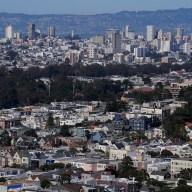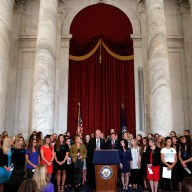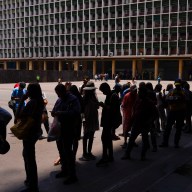By Julia Jacobs
(Reuters) – Wisconsin is not projected to break even on a $3 billion incentive package for a proposed LCD screen plant by Taiwan’s Foxconn for at least 25 years, a legislative analysis showed on Tuesday.
Foxconn hopes to open a $10 billion plant in 2020 at a 1,000-acre site in southeastern Wisconsin and state leaders, including Republican Governor Scott Walker, have touted the incentives as a boon because of the jobs that will be created.
Critics have attacked the plan as too expensive and potentially harmful to the environment.
Officials have said Foxconn, formally known as Hon Hai Precision Industry Co Ltd, will employ about 1,000 people in the second half of 2017 and employment will grow to 13,000 by 2021.
Based on estimates from the non-partisan Legislative Fiscal Bureau, Wisconsin will not receive a return on its investment in the project until about 2042. The bureau provides fiscal analysis for the state legislature.
Walker’s spokesman Tom Evenson said in a statement that the Foxconn factory is a “once-in-a-lifetime opportunity” that includes the large company investment and $10.5 billion in new payroll.
Wisconsin Representative Peter Barca, the state Democratic minority leader from Kenosha, said the report proves legislators need more time to examine the deal.
“The fiscal analysis released today creates new questions on the state’s cash flow and on the state’s ability to ensure a good return on the investment for taxpayers,” Barca said in a statement.
The projections in the report depend on Foxconn following through on several commitments, including an average annual salary of about $54,000, said Rob Reinhardt, a bureau program supervisor.
“Any cash-flow analysis that covers a period of nearly 30 years must be considered highly speculative,” the report said.
The bureau based its analysis on Foxconn reaching its threshold of 13,000 employees, Reinhardt said. If the actual employment number was 3,000, the break-even point would be so far in the future that it is “silly to talk about,” he said.
The report said if 10 percent of projected new jobs from the project were filled by Illinois residents, a concern of several lawmakers, the state would not break even until about 2044.
The state would see a positive cash flow in the first three years of the project because of an initial delay in state payments as well as tax revenue from construction workers, Reinhardt said.
The analysis factors in thousands of indirect jobs associated with the project, which state officials have said will solidify the Foxconn project as a net win.
(Reporting by Julia Jacobs)












